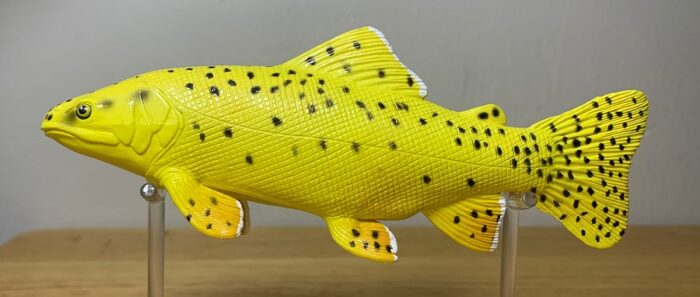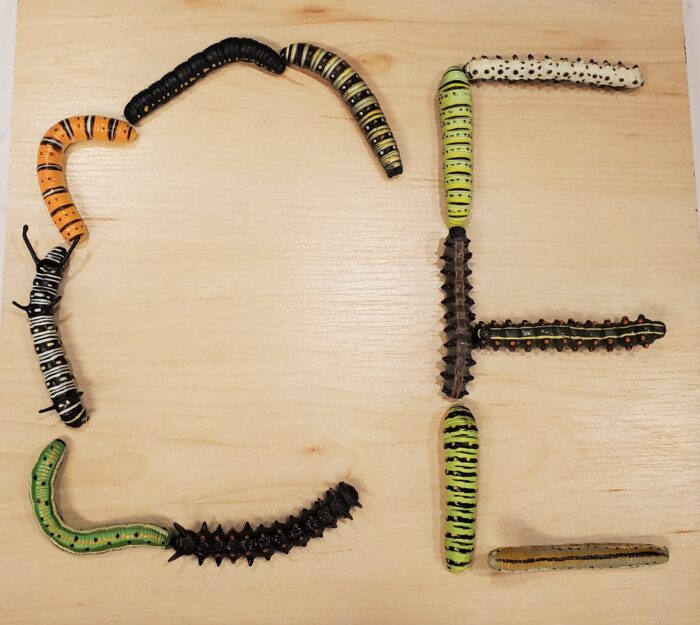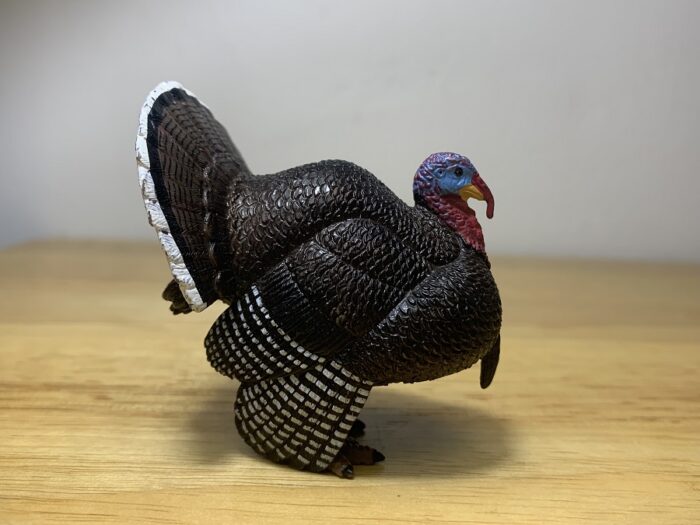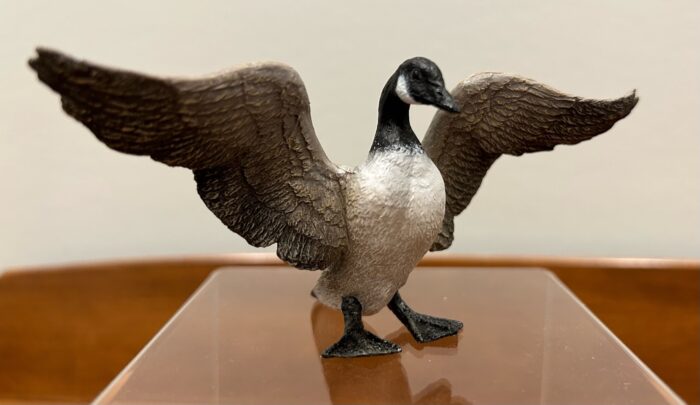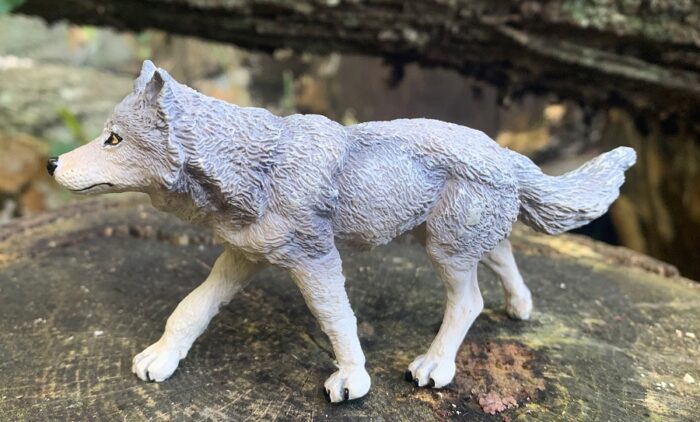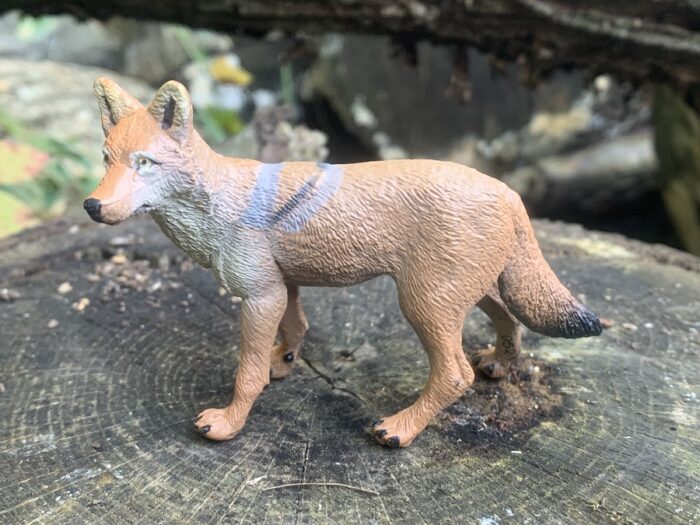Review and images by Saarlooswolfhound; edited by bmathison1972
Happy Holidays everybody! How ever you choose to celebrate this season, I hope that you choose to include some plastic animal figures to enjoy. They always seem to brighten my holidays! This year I have selected the new 2022 Schleich special edition reindeer (Rangifer tarandus) #72189 to present here.





